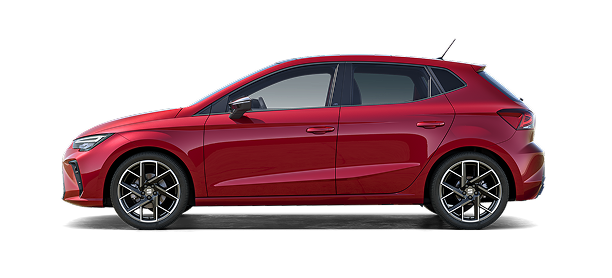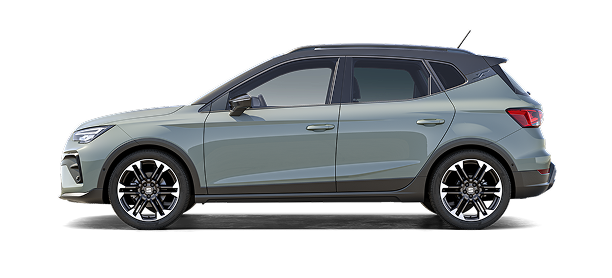Warning lights explained.
The warning lights on your SEAT’s dashboard display follow a “traffic light” system, designed to alert you to the severity of a given issue using either a red, amber or green symbol.
- Red – You should pull over immediately and contact your local dealership for assistance.
- Amber – Urgent attention is not required but you will need to follow up on the issue with a professional as soon as possible.
- Green – Symbols shown in green are for your information only and do not require any action.
When alerted by any of the following symbols, always take into consideration the colour in which they are displayed:
Your car’s brake fluid level is too low or there is a fault in the brake system. Do not continue driving!
Electronic parking brake: the warning lamp turns off when the handbrake is released.
When red, do not carry-on driving. This means your engine’s temperature is too high, you’ll need to switch it off and seek technical assistance. When amber, consider pausing your journey to allow engine temperature to cool.
If red: Engine oil pressure is too low. Switch your engine off and seek technical assistance. When amber, check the oil levels as soon as possible and refill once you have the opportunity to do so.
When red: Steering wheel requires immediate repair by a SEAT specialist. When amber, have the problem checked ASAP. If the warning light does not show after restarting the engine, a check-up is not necessary.
When red, you will not be able to restart the engine as the AdBlue level is too low. You should stop in a suitable, safe and flat area then top up with at least the minimum required quantity of AdBlue.
This symbol indicates that there is a fault with the airbag system and seat belt tensioners. This should be checked immediately by a specialised workshop.
When lit up, this symbol indicates that there is a problem with the Anti-Lock Braking System (ABS): you should drive carefully to an authorised mechanic and have the system inspected.
Gearbox fault: If this issue cannot be resolved through following the instructions on the infotainment screen, you should seek assistance from a mechanic.
When yellow, this means your car’s front brake pads are worn out. Contact a specialised workshop as soon as possible.
When yellow, you should check the operation of your car’s exterior lights as you may have a defective bulb: you’ll need to have this replaced by a specialised workshop immediately.
This symbol indicates a fault within the emission control system. Reduce speed and drive carefully to the nearest specialised workshop to have the engine checked.
If you have a diesel engine, this symbol indicates that the preheating system is activated. Once the lamp switches off, you can start the engine straight away.
The inflation pressure of one or more of your tyres is much lower than required: the tyre may even have structural damage. Stop safely, check pressure and have the damaged tyre/s replaced as necessary.
This symbol indicates a fault with your car’s Electronic Stability Control (ESC) or Anti-Lock Braking System (ABS). There may even be a disconnection caused by the system. This should be checked by a specialist as soon as possible.











